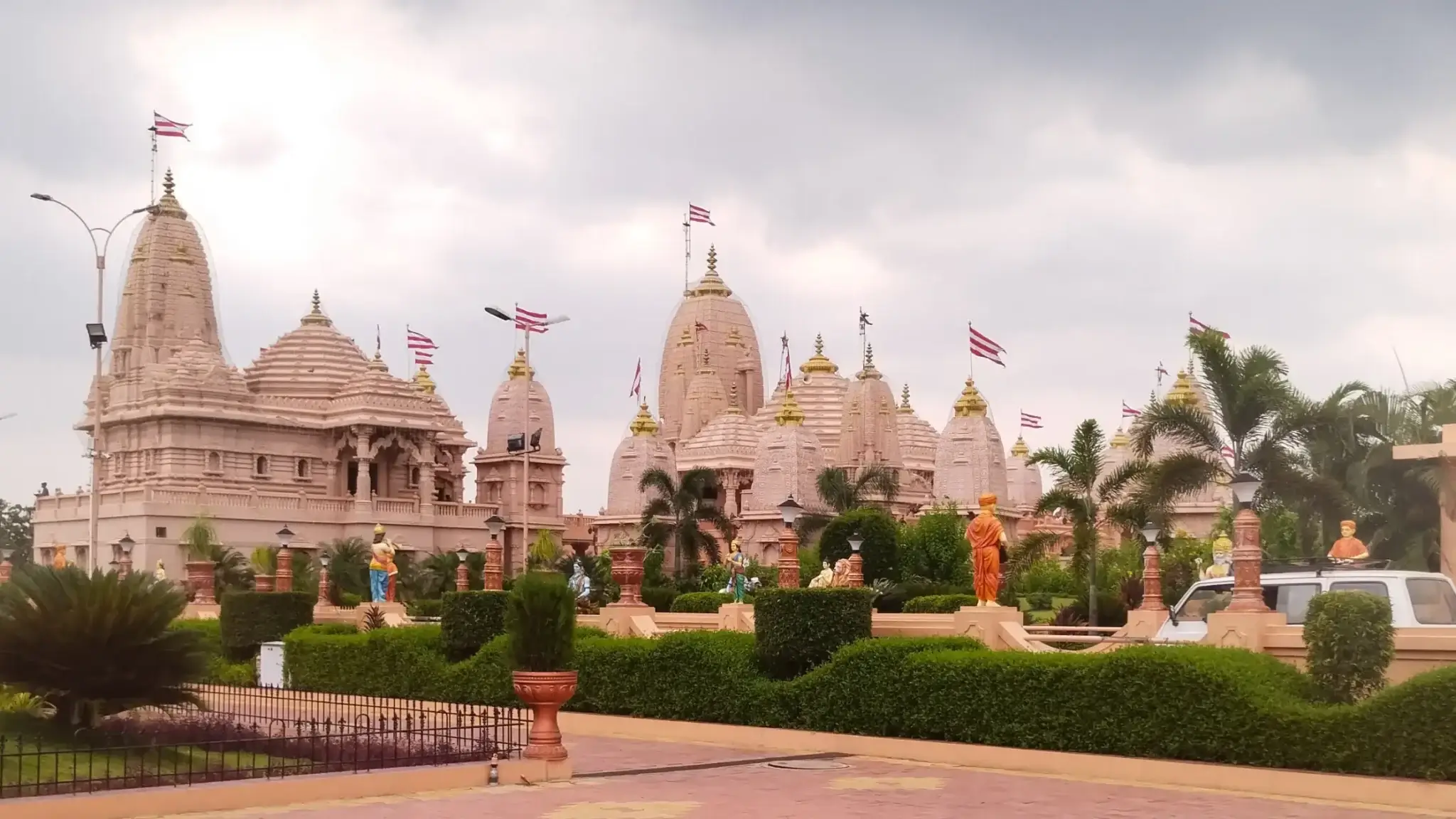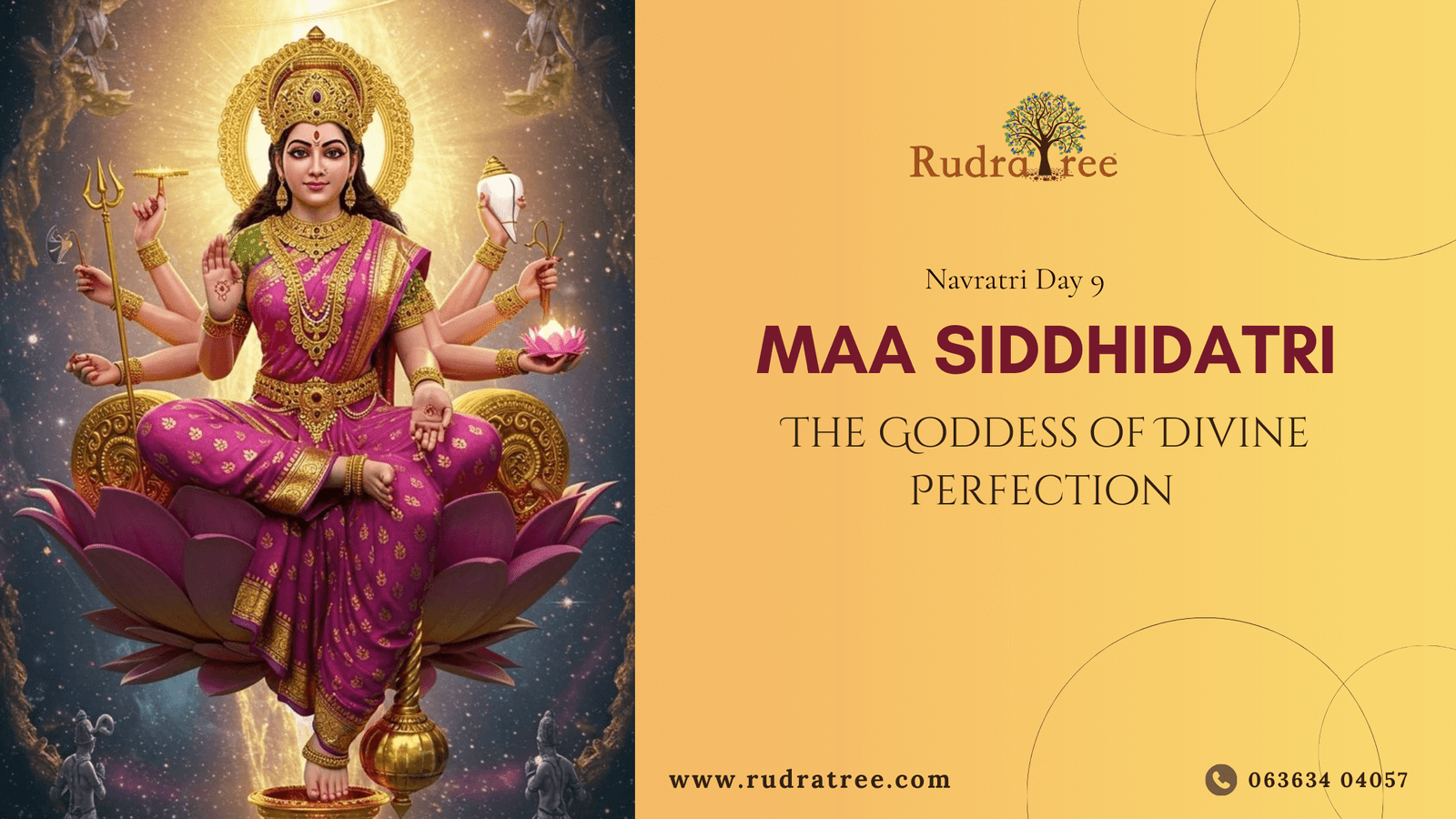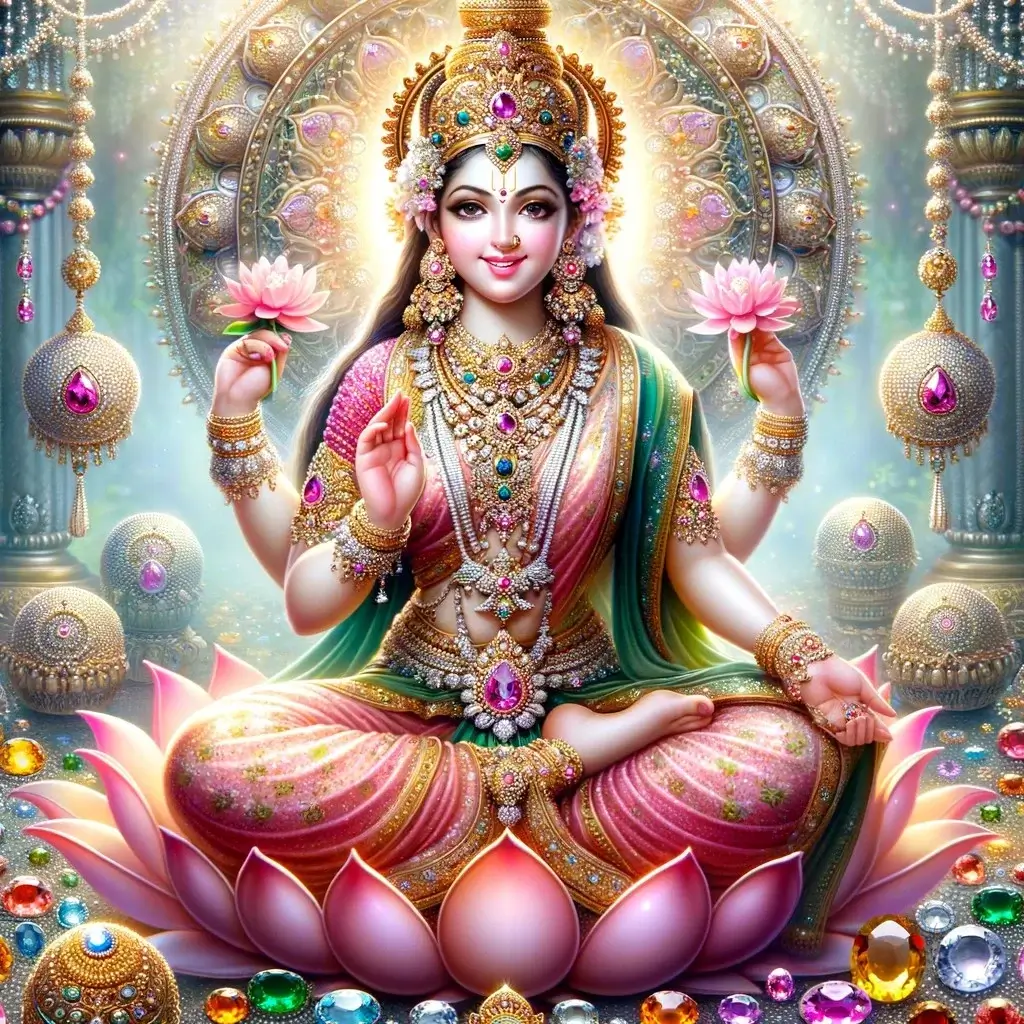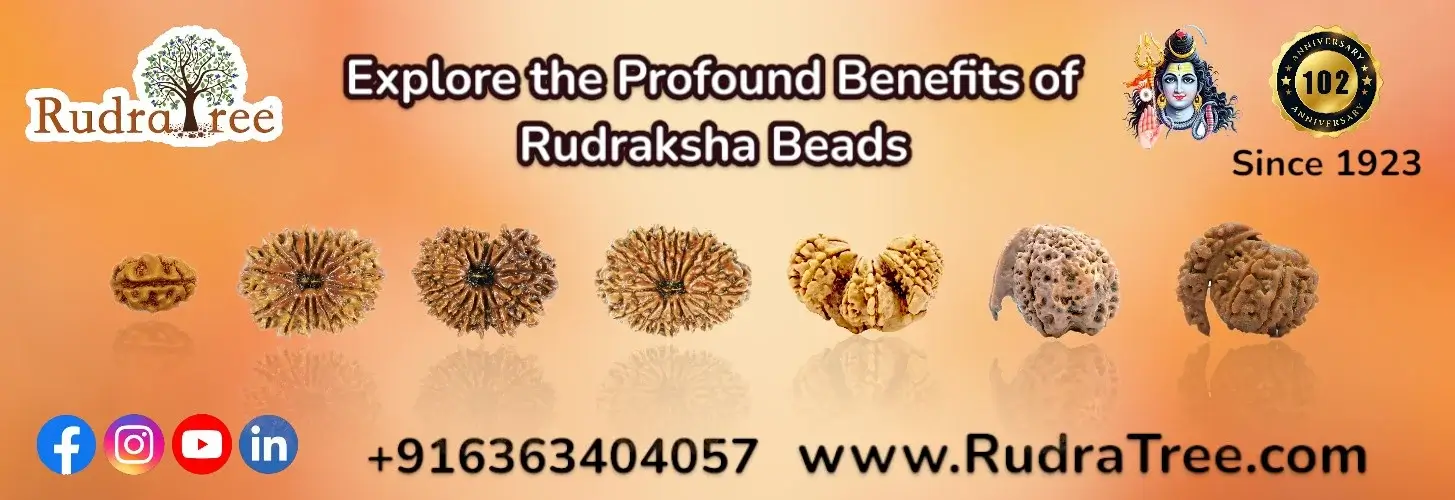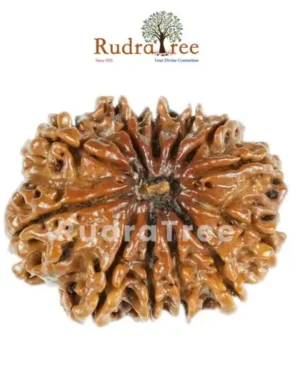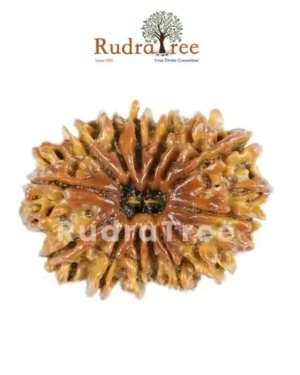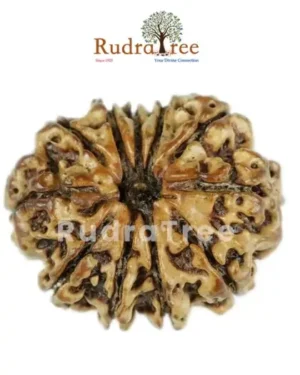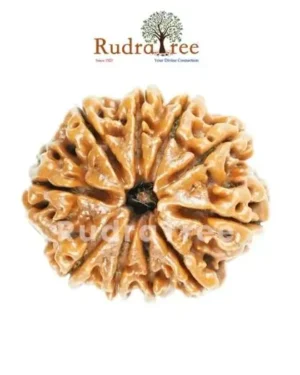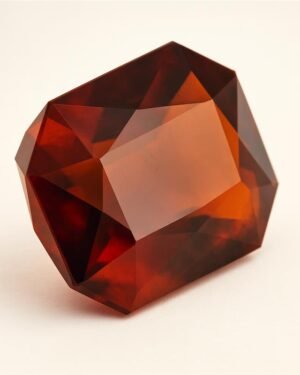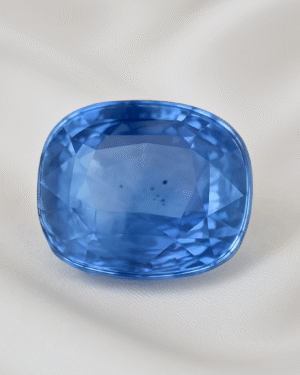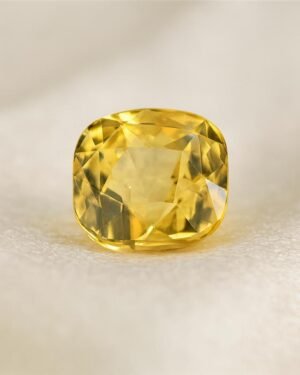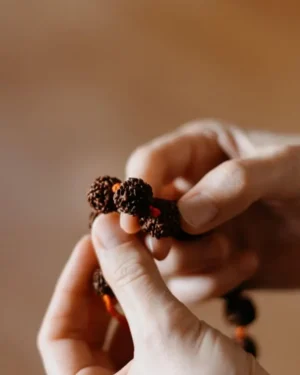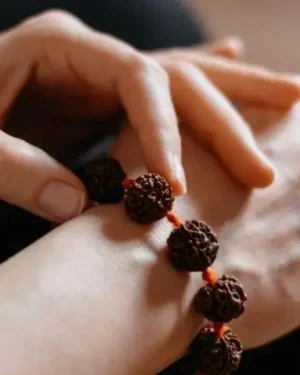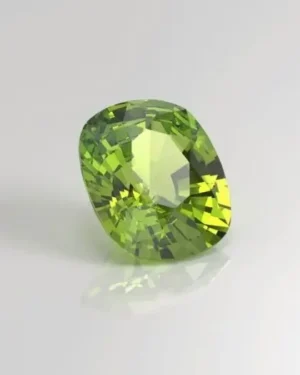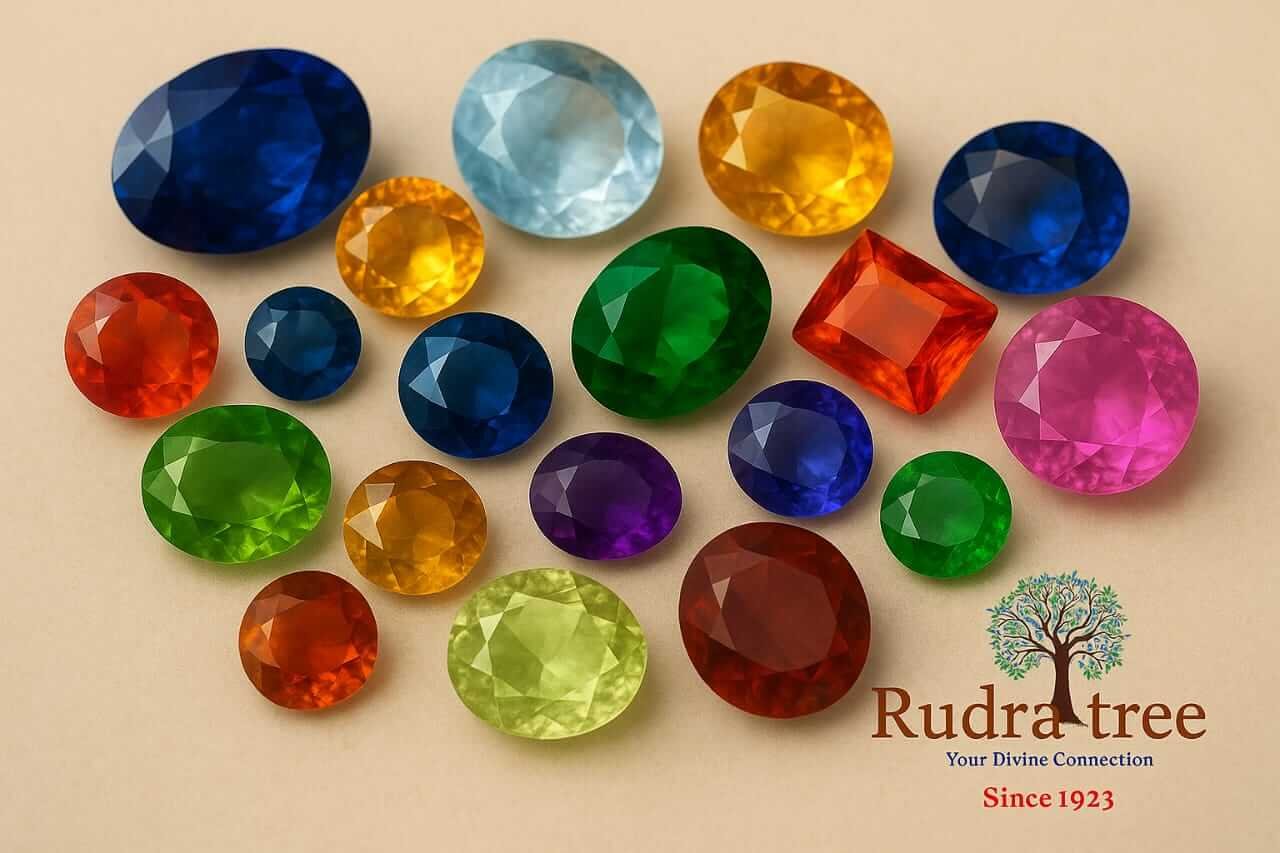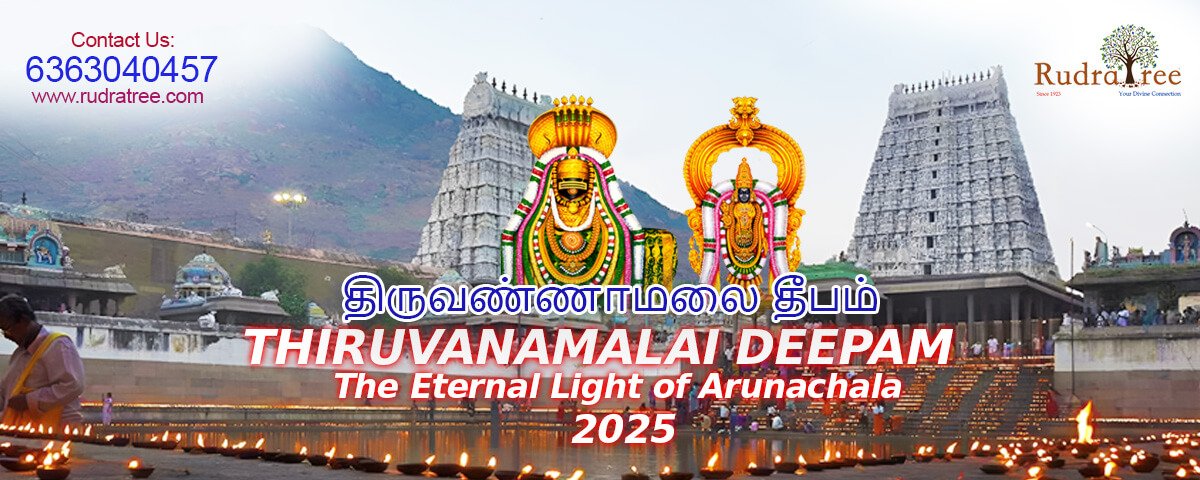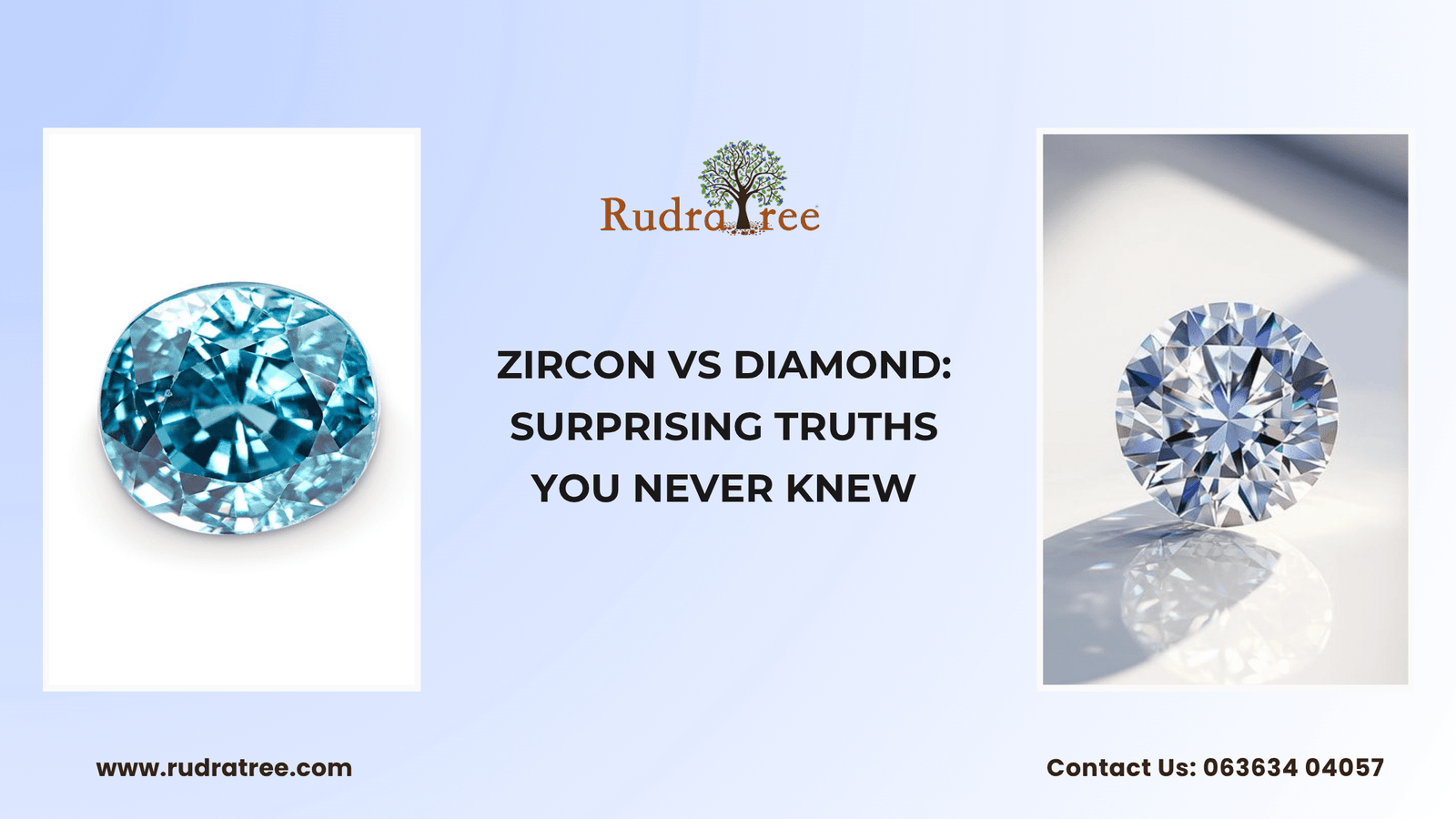The ninth and final day of Navratri is devoted to Maa Siddhidatri, the form of Goddess Durga who bestows siddhis — extraordinary spiritual powers and perfections. The name itself explains her essence: Siddhi means accomplishment or divine attainment, and Datri means the giver. She is regarded as the ultimate source of wisdom, liberation, and blessings, guiding devotees to transcend material limitations and reach the highest truth.
The Divine Appearance
Maa Siddhidatri is portrayed as a gentle yet radiant goddess seated on a lotus or riding a lion. She has four arms carrying a chakra, a conch, a mace, and a lotus. Each symbolizes purity, energy, balance, and divine strength. Her calm expression represents spiritual fulfillment and her ability to grant enlightenment to all who surrender at her feet.
Scriptural Background
According to sacred texts, when creation was still incomplete, the gods and even Lord Shiva himself sought the blessings of Maa Siddhidatri. By her grace, Shiva was blessed with the eight great siddhis such as Anima (becoming minute), Mahima (expansion), and Garima (immense heaviness). With her blessings, he attained the form of Ardhanarishvara, where the masculine and feminine principles merge as one. This emphasizes her supreme role in balancing cosmic energies.
Spiritual Significance
The worship of Maa Siddhidatri represents the completion of the spiritual journey that begins on the first day of Navratri. She symbolizes fulfillment, wisdom, and liberation from the cycle of birth and death. Her blessings free devotees from ignorance, ego, and limitations, opening the path to inner realization. Yogis and seekers worship her to gain both worldly accomplishments and higher spiritual states.
Connection with Astrology
Maa Siddhidatri governs the mystical energy of planet Ketu, a planet often linked with spirituality, detachment, and karmic lessons. By worshipping her, devotees find relief from Ketu’s adverse effects and are guided toward clarity and awakening. Gemstones such as Cat’s Eye (Lehsunia) and Rudrakshas like the 9 Mukhi bead, which resonates with her vibrations, are believed to channel her energy for spiritual progress and protection.
Puja Vidhi and Rituals
On the ninth day, devotees decorate the altar with white or violet flowers, symbolizing purity and devotion. Offerings of fruits, incense, and coconut are made with sincerity. Lighting a ghee lamp and chanting her mantra “Om Devi Siddhidatryai Namah” invokes her divine presence. Fasting and meditation on this day are considered highly auspicious, as they help purify the body and sharpen spiritual focus. Many conclude their Navratri sadhana with Kanya Pujan, honoring young girls as the embodiment of the Goddess.
Symbolism of the Ninth Day
The journey through the nine forms of Durga culminates with Maa Siddhidatri, who represents completeness. She teaches that devotion and discipline lead to perfection and union with the divine. Her presence assures that all efforts made during Navratri are rewarded with peace, fulfillment, and higher wisdom. She is not only the giver of spiritual siddhis but also the compassionate mother who ensures her devotees never walk the path alone.
Conclusion
The ninth day of Navratri is both a celebration and a culmination. Maa Siddhidatri, with her boundless grace, removes illusions and blesses devotees with the ultimate gift of liberation. Her worship marks the end of Navratri but also the beginning of a deeper spiritual journey. She is the reminder that true victory lies not in outer conquests but in conquering the self and uniting with the eternal truth.
